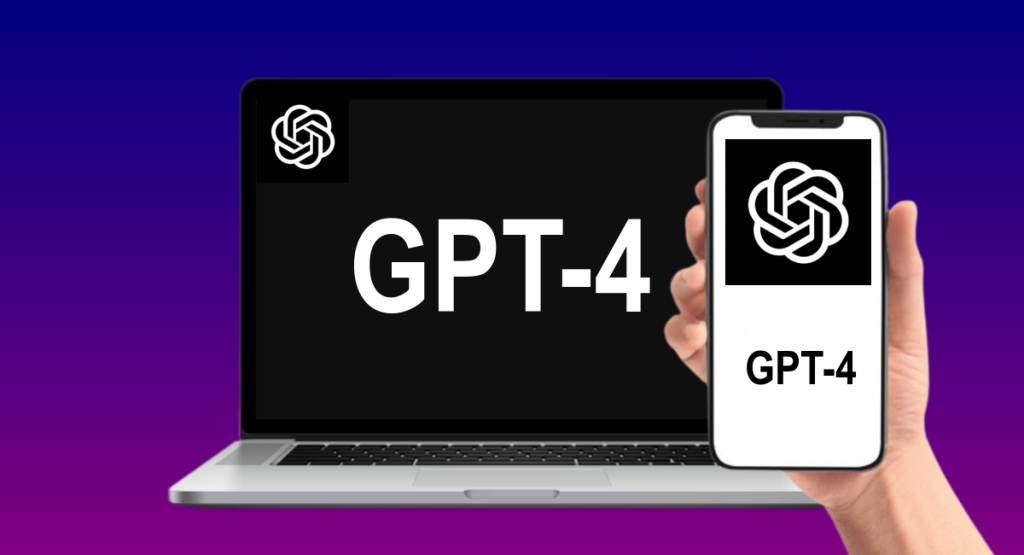Have you heard of ChatGPT, the viral AI chatbot that can write anything from essays to code? If you have, you might be wondering what powers this amazing app.
The answer is GPT-3.5, a language model developed by OpenAI that can generate human-like text on any topic.
But what if I told you that there is a new and improved version of this technology that can do even more?
Meet GPT-4, the latest and most capable language model from OpenAI that can handle both text and images.
In this blog post, I will explain what GPT-4 is, how it works, what it can do, and why you should care.
What is GPT-4?
GPT stands for Generative Pre-trained Transformer, a type of deep learning technology that uses artificial neural networks to write like a human.

It is based on Google’s Transformer architecture, which allows it to learn from large amounts of data and produce a coherent text.
GPT-4 is the fourth version of this technology, following GPT-3 and GPT-3.5. It was unveiled by OpenAI on March 14th, 2023 as a major upgrade for ChatGPT and other applications.
According to OpenAI, GPT-4 exhibits human-level performance and is more reliable, creative, and nuanced than its predecessor.
How does GPT-4 work?
GPT-4 works by taking input from the user (either text or image) and generating output (text) based on what it has learned from its training data.
The training data consists of billions of words collected from various sources on the internet such as books, articles, blogs, social media posts, etc.
GPT-4 uses a technique called few-shot learning which means it can learn from just a few examples rather than many. This makes it more adaptable and versatile than previous models. For example, if you give it a few sentences in Spanish followed by “Translate to English”, it will be able to translate them without any prior knowledge of Spanish.
GPT-4 can also handle 25 000 words of input text which means it can analyze complex topics and respond with more context. For example, if you give it an entire article about climate change followed by “Summarize in one paragraph”, it will be able to produce a concise summary without losing any important information.
What can GPT-4 do?
The possibilities are endless with GPT-4 but here are some examples of what it can do:
- Write blog posts like this one
- Draft lawsuits
- Pass standardized exams
- Build websites from sketches
- Explain jokes
- Learn languages
* And much more!
You can see some demos of these tasks on OpenAI’s website or try them yourself with ChatGPT Plus (a paid subscription service) or Bing Chat (a free chatbot powered by Microsoft).
Why should you care?
You might be wondering why you should care about GPT-4 or how it affects you. Well here are some reasons why:
- Revolutionize the way we communicate online by making writing easier faster, and more fun.
- Help us learn new skills or improve our existing ones by providing instant feedback, guidance, and support.
- Enhance our creativity or inspire us by generating novel ideas suggestions, and perspectives.
- Pose some ethical challenges or risks such as plagiarism, misinformation, bias, manipulation, etc.
Therefore we should be aware of both the benefits and drawbacks of this technology and use it responsibly, wisely, and ethically.
Conclusion
GPT-4 is an amazing advancement in AI writing that could change the way we create consume share content online.
It has many applications, potentials, and opportunities but also some limitations, challenges, and threats.
As users, we should be curious, excited, cautious, and informed about this technology as well as respectful towards its creators, developers, users, readers, and writers.


